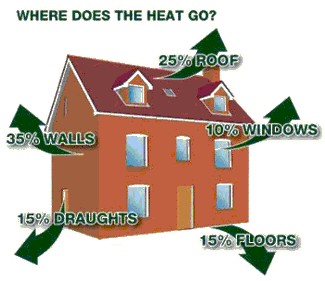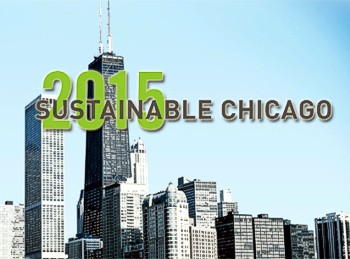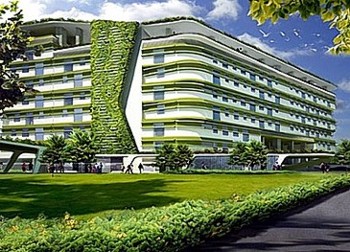New York State Has Now Made It Illegal For Curbside Pickup of Most Home Electronics
 June 15, 2015
June 15, 2015  Kyriaki (Sandy) Venetis
Kyriaki (Sandy) Venetis New York State has now made it illegal for residents to take their personal electronics devices, with a few exceptions, out for curbside pickup. The law went into effect earlier this year, but I just came across it online, and haven’t seen it talked about in the mainstream media, so I thought I’d share what I learned.
The new law – the NYS Electronic Equipment Recycling and Reuse Act – prohibits taking the following items to the curb:
- televisions
- cathode ray tubes
- computers, including:
- laptops
- desktops
- tablet
- e-readers
- computer peripherals, including :
- monitors
- electronic keyboards
- electronic mice or similar pointing devices
- fax machines, document scanners, and printers (only those intended for use with a computer and weighing less than 100 lbs.)
- any cables, cords, or wiring accompanying a computer peripheral
- small electronic equipment, including:
- VCRs
- digital video recorders (DVRs)
- portable digital music players
- DVD players (including projectors with DVD player capabilities intended for home-use)
- digital converter boxes
- cable or satellite receivers (including digital media receivers)
- electronic or video game consoles (including both handheld devices and those intended for use with a video display device)
- any cables, cords, or wiring accompanying the small electronic equipment.
- small scale servers
While none of these things can go in the regular trash anymore, the law allows multiple ways to dispose of them include manufacturer take-back programs.



